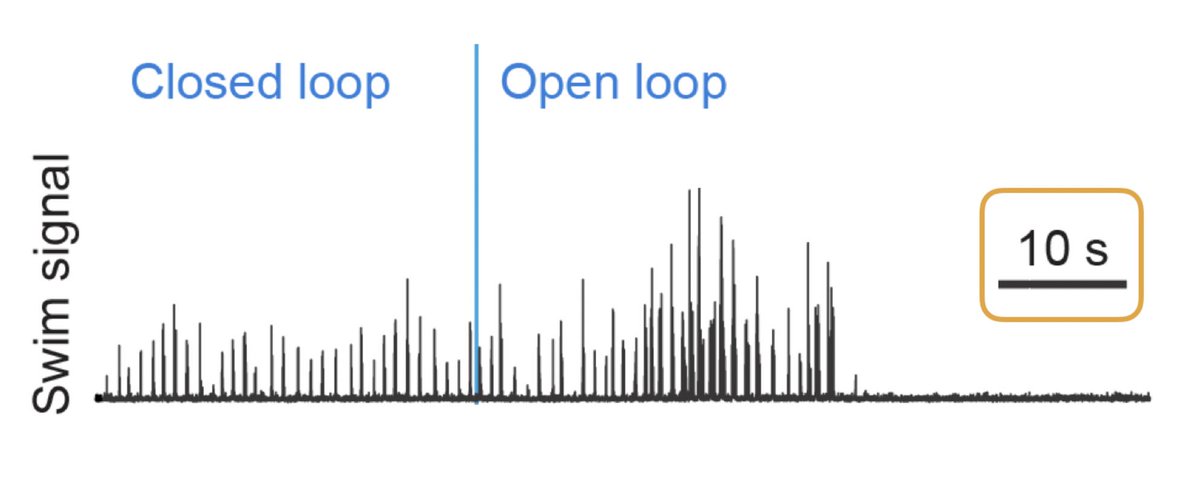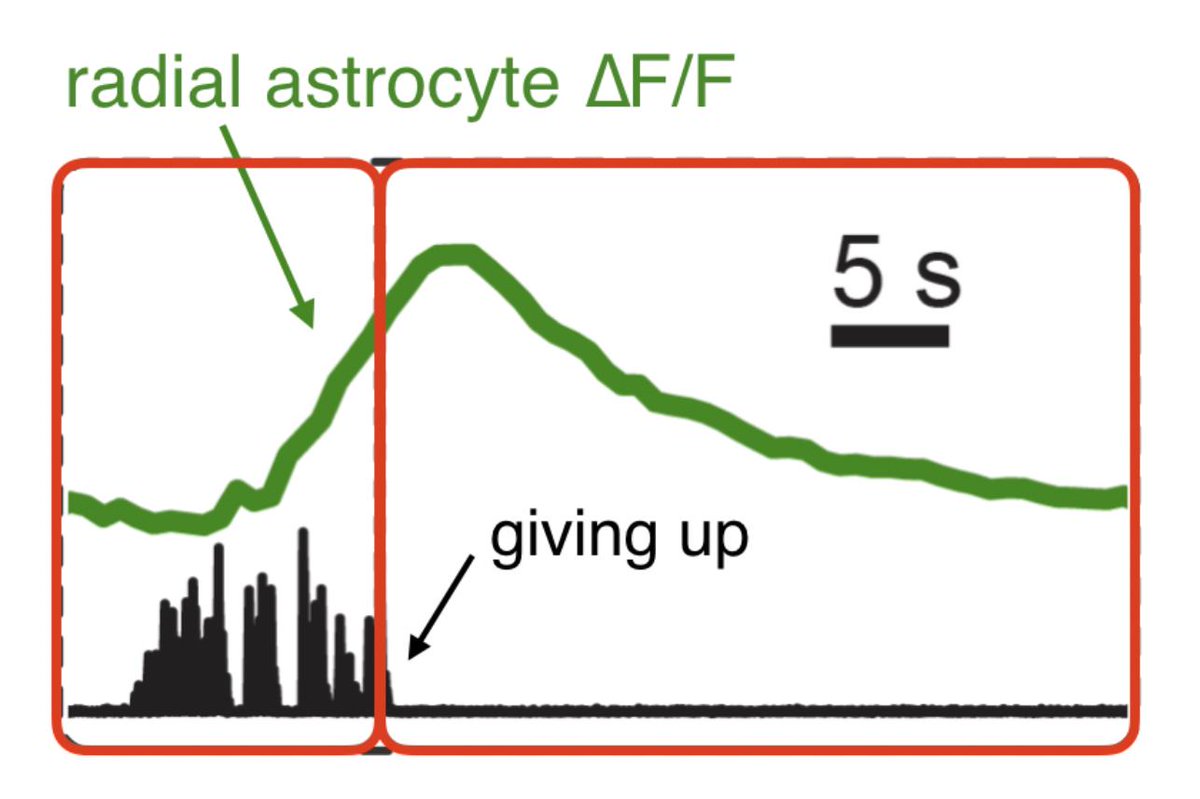Perseverance can lead to success, but some challenges are best met by high-activity bursts separated by behavioral quiescence.
How do animals collect observations that actions have been unsuccessful, and how do they abandon futile behavior?
For zebrafish in a VR environment, where they normally move forward through the environment when they swim, we made it impossible for them to travel, as if they are stuck. Do they give up, like we would?
















